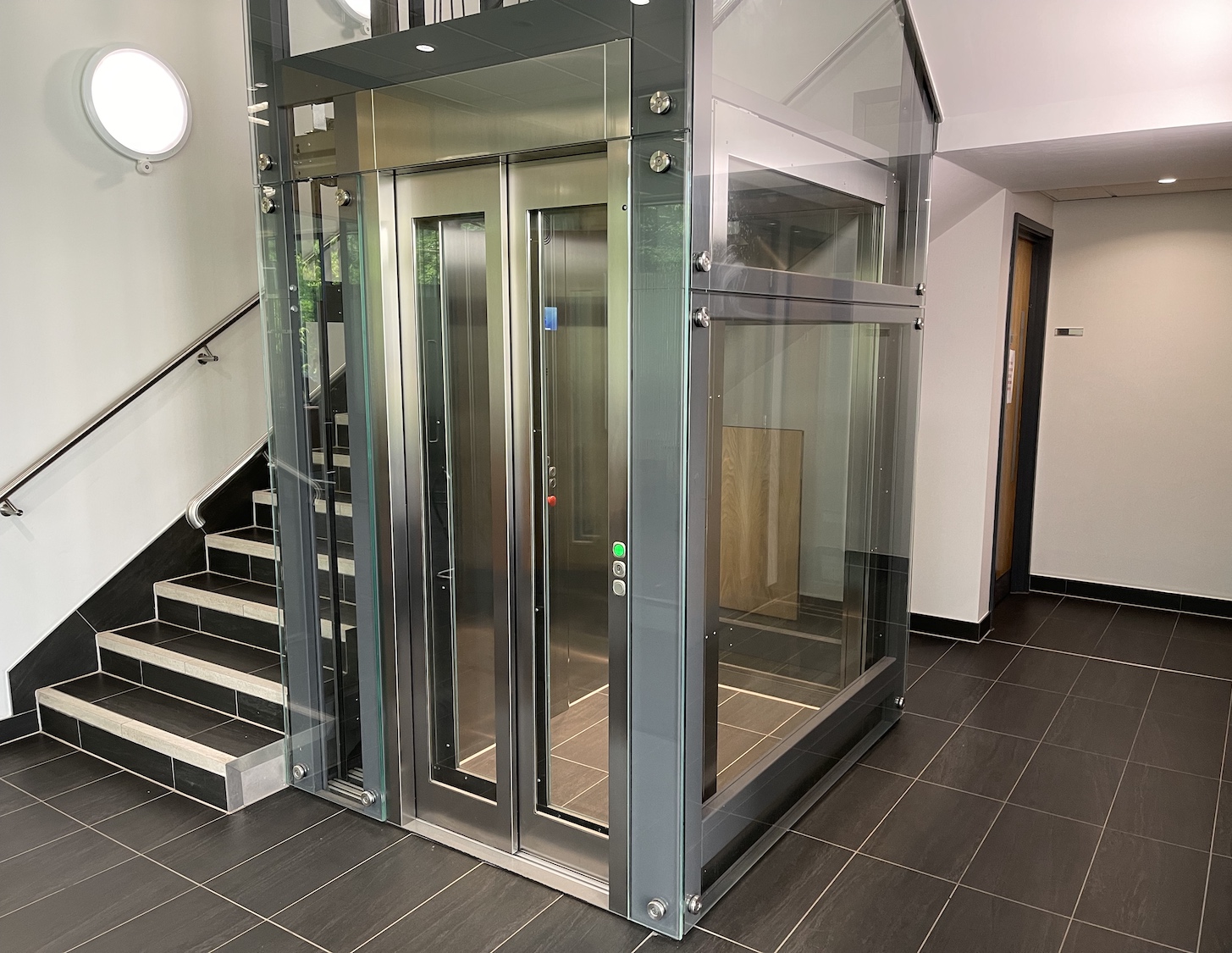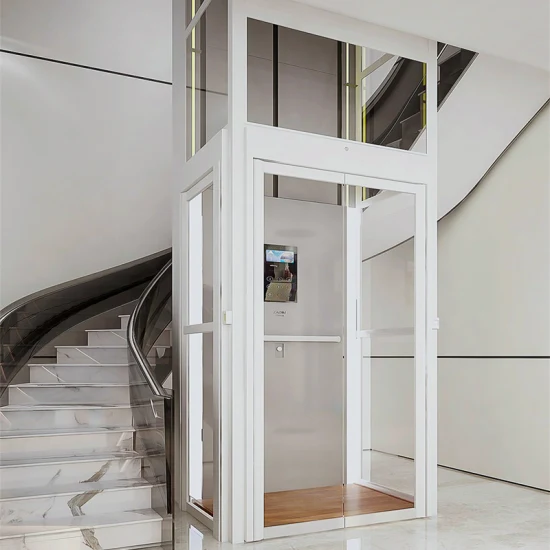London Lift Company: Offering Comprehensive Lift Solutions Throughout the Resources
London Lift Company: Offering Comprehensive Lift Solutions Throughout the Resources
Blog Article
Exploring the World of Elevators: Usual Problems Faced by Different Lift Mechanisms
As we navigate through the vertical transport systems of contemporary buildings, lifts attract attention as a vital element of our lives. Nonetheless, behind their seamless procedure lies a globe of detailed devices that can occasionally run into obstacles. From hydraulic lifts to traction systems and machine-room-less designs, each lift kind includes its collection of common issues. Recognizing these obstacles is crucial for ensuring the smooth performance of these crucial systems. Allow's explore the intricacies that underlie the operation of lifts and the possible issues that can develop, clarifying the intricate web of lift mechanisms.
Hydraulic Lifts
Hydraulic lifts, often favored for low-rise buildings, utilize fluid stress to control the motion of the elevator vehicle (lift repair companies). This mechanism entails a hydraulic pump pressing oil right into a cyndrical tube, creating the elevator to relocate the wanted instructions. While hydraulic elevators are understood for their quiet and smooth operation, they do feature their own set of common concerns
One common issue with hydraulic lifts is oil leakage. The seals in the hydraulic system can put on out with time, bring about oil seepage. If left unaddressed, this not just creates a mess however can also affect the elevator's efficiency. In addition, issues with the control system, such as damaged valves or a malfunctioning pump, can trigger disruptions in the elevator's movement.
Regular maintenance and punctual repairs are essential to make certain the smooth performance of hydraulic elevators. By dealing with these typical concerns proactively, structure proprietors can decrease downtime and make sure the safety and efficiency of their vertical transportation system.
Traction Elevators
When thinking about upright transportation systems in buildings, an additional usual type besides hydraulic lifts is the traction elevator. Traction elevators run utilizing a system of ropes and counterweights that relocate the elevator car by grasping onto the hoist ropes. This system permits smoother and quicker upright transport contrasted to hydraulic systems.
Among the common concerns dealt with by grip lifts is rope wear. The continuous activity of the ropes within the grip system can cause tear and put on gradually, potentially triggering the elevator to malfunction or end up being risky for usage. Normal evaluations and upkeep of the ropes are vital to ensure the elevator's proper functioning and safety.
An additional issue that grip elevators might experience is connected to the control system. Problems with the control system can result in problems such as irregular activity, delays in response times, and even full closures. Regular testing and maintenance of the control system are crucial to stop such issues and ensure the lift's integrity.
Machine-Room-Less (MRL) Lifts

Among the key elements of MRL lifts is the small gearless traction equipment that is set up within the hoistway. This maker efficiently drives the elevator cars and truck without the demand for bulky tools found in conventional grip lifts. Furthermore, MRL lifts commonly utilize a counterweight system to balance the auto, further boosting their power efficiency.
Despite their advantages, MRL elevators may deal with obstacles connected to maintenance and repair service because of the restricted room for tools setup. Access for servicing elements within the shaft can be limited, calling for specialized training for technicians. Correct maintenance timetables and routine inspections are crucial to guarantee the continued smooth procedure of MRL lifts.
Overloading and Weight Limitation Issues
Overloading and weight limit issues are crucial issues in lift procedures. Lift suppliers disabled platform lifts prices uk design raises with details weight capacities to guarantee passenger security and devices longevity.
When lifts lift companies in London are strained, it places excessive stress on the electric motor, cable televisions, and other elements, possibly creating breakdowns or break downs. Safety mechanisms such as sensing units and overload sensors are in area to avoid elevators from relocating if they identify excess weight. Furthermore, going beyond weight restrictions can cause boosted power consumption and wear and tear on the lift system.
To alleviate overwhelming concerns, developing supervisors should prominently display weight limitations in lifts and enlighten occupants on the relevance of adhering to these limitations - lift repair companies. Normal upkeep checks by certified technicians can also help make certain that elevators are operating within risk-free weight criteria. By dealing with overloading and weight limitation problems proactively, building owners can enhance elevator security and performance
Electric System Failings
Surpassing weight limits in lifts can not just lead to mechanical concerns but also possibly contribute to electric system failures within the lift infrastructure. Electrical system failures are a critical worry in elevator procedure, as they can create unforeseen closures, breakdowns, or also safety risks.
Routine upkeep and examinations are important to recognize and attend to potential electrical issues without delay, making certain the secure and effective procedure of elevator systems. By adhering to weight limitations and carrying out regular electrical system checks, building owners can reduce the danger of electrical failures in elevators.
Verdict

Hydraulic we maintain lifts elevators, often chosen for low-rise structures, utilize fluid stress to regulate the activity of the elevator automobile.When taking into consideration upright transport systems in structures, another common type aside from hydraulic lifts is the traction lift. Grip lifts operate using a system of ropes and counterweights that relocate the lift cars and truck by clutching onto the hoist ropes. Unlike conventional elevators that require a separate equipment space to house the devices, MRL elevators incorporate many of the components within the shaft, getting rid of the need for a dedicated maker area.In verdict, lifts deal with usual issues such as hydraulic breakdowns, grip system failings, and electric system problems.
Report this page